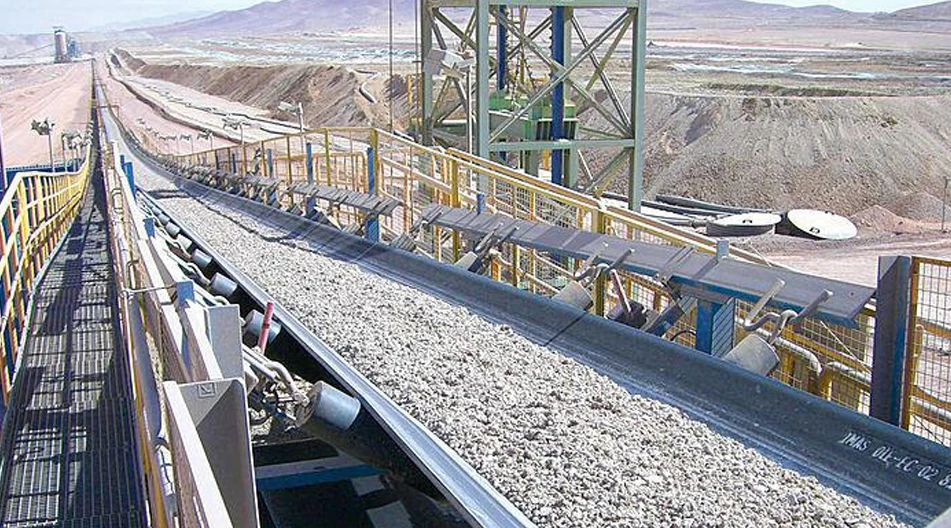Feb . 11, 2025 01:29
Selecting the right valve for industrial applications can make a significant difference in performance, reliability, and maintenance costs. One such essential component in fluid control is the lug type butterfly valve, renowned for its versatility and efficiency. These butterfly valves play a vital role in managing the flow of fluids in various industries, from water treatment facilities to chemical processing plants. Here, we delve into their unique attributes, operational advantages, and expert installation considerations to enhance your choice and application success.

Lug type butterfly valves feature a robust design that allows for both on-off and throttling service, making them a popular choice for many systems. Their distinctive construction includes a disk that rotates around a central axis, which aligns with the direction of fluid flow for minimal pressure drop when fully open. The lug design refers to the integrated metal inserts embedded into the valve body, akin to lugs, that enable the valve to be securely bolted into a piping system. This specific design allows the system to maintain upstream pressure even if the downstream piping needs to be removed, enhancing system flexibility and reducing downtime during maintenance.
Expertise in handling lug type butterfly valves involves understanding the materials from which they are constructed. These valves are often made from durable metals and alloys, including stainless steel, ductile iron, and aluminum bronze, as well as high-grade polymers for specific applications. Choosing the appropriate material is crucial for ensuring the valve's longevity and performance, particularly in harsh environments with high pressure or corrosive substances. For example, stainless steel offers excellent resistance to corrosion, making it ideal for applications involving seawater or chemicals. Meanwhile, ductile iron provides the strength needed for systems with high mechanical stress.

Performance and reliability of lug type butterfly valves are significantly influenced by the sealing mechanism and disc design. High-performance butterfly valves utilize advanced sealing technologies, such as elastomeric or PTFE seals, to provide a tight shut-off even at high pressures. This ensures that fluid does not leak past the valve in the closed position, preserving system integrity and efficiency. The disc design further complements this by being streamlined to enhance flow characteristics, thus reducing energy costs.
Authoritativeness in the use of lug type butterfly valves can be expanded by adhering to industry standards and procedures during installation and operation. Taking guidance from ISO, API, and other relevant standards ensures that the valves are installed correctly, reducing the risk of leaks and operational failures. Furthermore, engaging with reputable manufacturers and suppliers who adhere to these standards enhances the reliability of the product and provides dependable after-sales support.
lug type butterfly valve
Trustworthiness in the maintenance of lug type butterfly valves is achieved through regular inspection, proper cleaning, and timely replacement of worn-out components. Valves should be inspected periodically to check for signs of damage or wear, particularly in the seal and disc regions. Implementing a scheduled maintenance routine can prevent unexpected failures, costly repairs, and downtime, thereby improving overall plant productivity. Additionally, professionals handling these valves should be well-trained and must follow strict safety protocols to ensure that the valves function as intended.
For those managing complex systems, the versatility of lug type butterfly valves allows them to appear prominently in strategic planning and system design. Their ability to function as isolation devices—enabling sections of a pipeline to be serviced while the rest remains operational—is particularly beneficial for minimizing interruptions in continuous processes. Moreover, their compact and lightweight nature compared to gate or ball valves makes them easier to handle and install, which is crucial in space-constrained environments.
Ultimately, the decision to implement lug type butterfly valves should be guided by an in-depth understanding of system requirements, fluid characteristics, and operational conditions. Consulting with valve specialists can provide insights into the best suitable materials and designs for specific applications, thus promoting longer-lasting solutions and optimizing valve performance.
By integrating this blend of experience, expertise, authoritativeness, and trustworthiness, industries can maximize the functionality and lifespan of lug type butterfly valves, leading to more effective fluid system management and significant cost savings over time. Choosing the right valve—and installing it correctly—can lay the foundation for a more reliable and efficient industrial operation.


 Call us on:
+86-311-86935302
+86-311-86935302
Call us on:
+86-311-86935302
+86-311-86935302
 Email Us:
info@thriveonvalve.com
Email Us:
info@thriveonvalve.com South of Huanmadian Village Town, Ningjin County, Xingtai, Hebei Province, China
South of Huanmadian Village Town, Ningjin County, Xingtai, Hebei Province, China